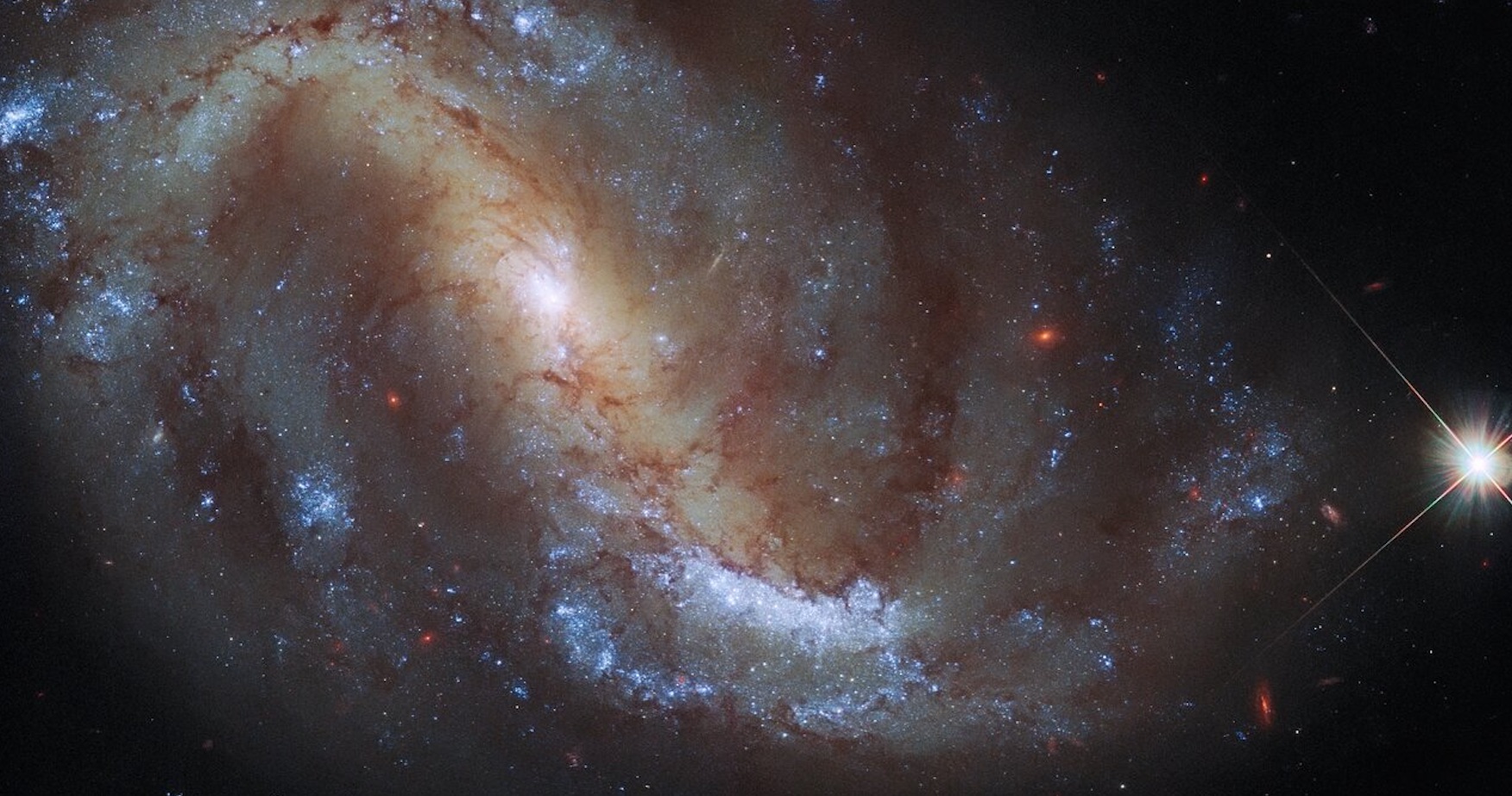
Birds of a feather may flock together here on Earth, but our avian friends are also well represented in the night sky as constellations named after winged creatures both real and imaginary.
Take, for example, this recent image captured by NASA and ESA's Hubble Space Telescope of the barred spiral galaxy NGC 7496 in the constellation Grus, which is the Latin name for crane.
Situated 24 million light-years from our big Blue Marble, this stellar configuration is one of four constellations that are collectively called the Southern Birds. Grus joins a trio of other bird-themed constellations known as Pavo (peacock), Phoenix (the mythical phoenix), and Tucana (toucan) to make up this sparkling nest of brilliant star formations.
Related: The best Hubble Space Telescope images of all time!
But beyond the Southern Birds, the heavens offer sanctuary for even more ornithological constellations like Aquilla (eagle), Cygnus (swan), Corvus (crow), Apus (bird-of-paradise), and Columba (dove).
In the mesmerizing swirl of violet-blue, silver-white and deep-red, Hubble's snapshots of NGC 7496 were gathered from multiple observations that explored the complex relationship between youthful stars and the cold, dense clouds of gas they were birthed within.
Besides utilizing images obtained from Hubble's Wide Field Camera 3 and Advanced Camera for Surveys, NASA and ESA astronomers assigned to the project also collected data using the Atacama Large Millimeter/submillimeter Array (ALMA), with 66 radio telescopes offering unprecedented views of the stars from its base of operations, high in the Chilean Atacama Desert.
Get the Space.com Newsletter
Breaking space news, the latest updates on rocket launches, skywatching events and more!
Discovering more about how fast and efficiently stars are formed amid a wide sampling of galactic environments is just one of the project's goals, which also include bolstering the data banks with a steady stream of detailed Hubble and ALMA observations.
This pair of powerhouse observatories are contributing to a growing wealth of research material on star formation to aid further studies and assist upcoming investigations involving the newly-deployed James Webb Space Telescope.
Follow us on Twitter @Spacedotcom and on Facebook.
Join our Space Forums to keep talking space on the latest missions, night sky and more! And if you have a news tip, correction or comment, let us know at: community@space.com.

Jeff Spry is an award-winning screenwriter and veteran freelance journalist covering TV, movies, video games, books, and comics. His work has appeared at SYFY Wire, Inverse, Collider, Bleeding Cool and elsewhere. Jeff lives in beautiful Bend, Oregon amid the ponderosa pines, classic muscle cars, a crypt of collector horror comics, and two loyal English Setters.









